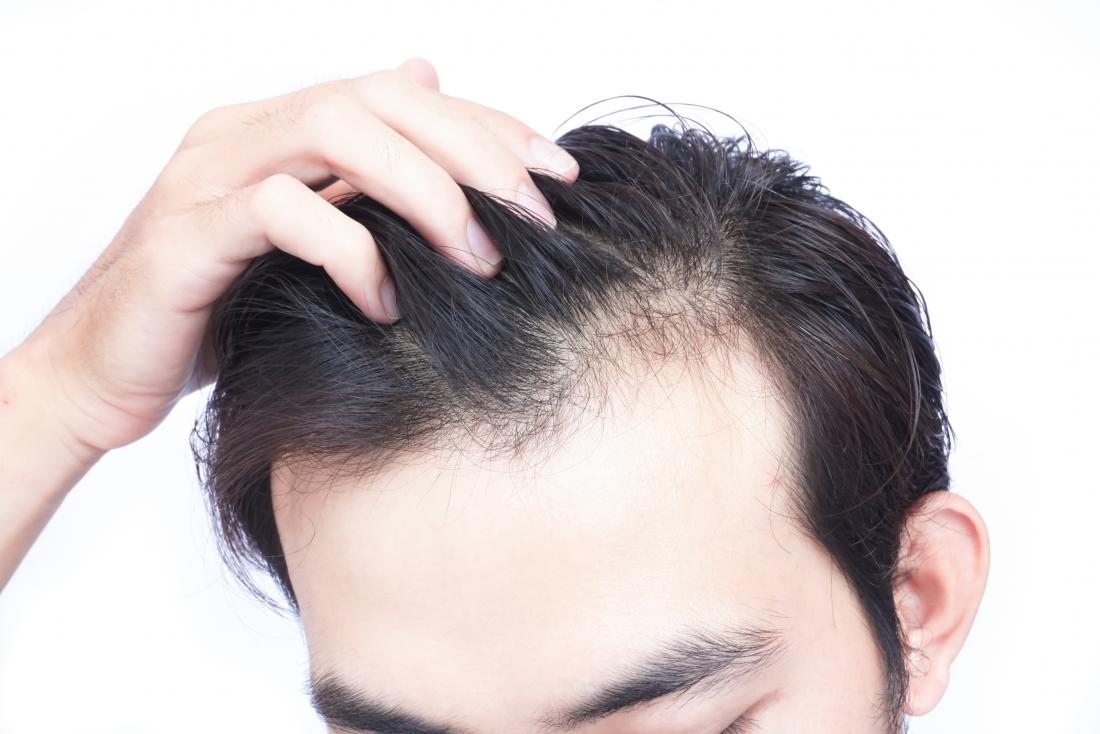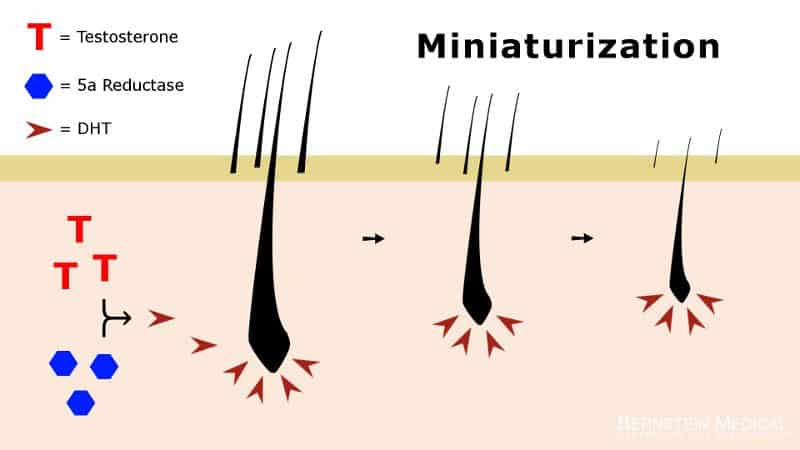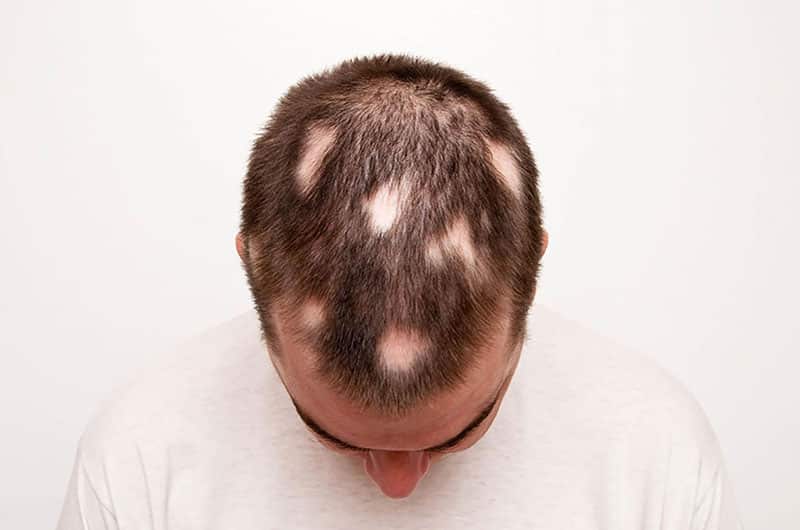
Are You Suffering From Hair Loss?
It is estimated that 70% of men will experience male hair loss in their lifetime.
Most of these men will suffer from androgenetic alopecia, also known as male pattern hair loss (MPHL) or male pattern baldness (MPB).
Let’s get in touch? Our trusted medical team offers a range of solutions to suit your individual needs and budget.
What Is Androgenetic Alopecia?
The name of the condition comes from two words – “androgen” and “genetics”, which are the two main causative factors. ‘Androgen’ refers to male hormones, namely testosterone, that normally circulate in the blood stream. These male hormones are broken down by enzymes at various sites in the body, including the hair follicles on the scalp.
One of the breakdown products is known as di-hydrotestosterone or DHT. Over time, DHT damages susceptible hair follicles. The susceptible hair follicles in men tend to be located on the front of the scalp, leaving the hair follicles on the back of the head less susceptible to damage by DHT.
At Sozo, one way we aim to help treat male hair loss is by reducing the conversion of testosterone to DHT. ‘Genetics’ refers to an inherited hair loss trait from either the paternal or maternal (or both) side of the ancestral tree. There are many genes that have been associated with male hair loss and more are being researched on. If you have a strong family history of male hair loss, your risk of developing the condition is higher.
Do I Have Androgenetic Alopecia / Male Pattern Hair Loss?
Androgenetic alopecia can start as early as the late teens.
If you have androgenetic alopecia, the first sign you’ll notice is that hair that was once thick and strong is now unable to grow long and thick. This indicates that significant damage has been done by DHT to the hair follicles.
As time goes by, your hair may look thinner, less pigmented and is unable to grow longer. You’ll notice this change most commonly along the hairline or at the crown. This phenomenon is called ‘miniaturisation’.
You might see this happening and think that new hairs are growing when these hairs are actually in a state of deterioration.

Other Causes Of Hair Loss In Men

ALOPECIA AREATA
Alopecia areata results in patchy hair loss usually resulting in a completely bald spot. Alopecia areata can also affect eyebrows and facial hair.
The condition is caused by an abnormal immune response that attacks hair follicles.
The condition occurs suddenly, followed by the bald spot enlarging. Triggers for alopecia areata include: infection, hormonal changes or emotional stress.
The treatment of alopecia areata is aimed to reduce the immune activity in the area of scalp affected.
This is commonly done with small injections of medication into the bald patch.




